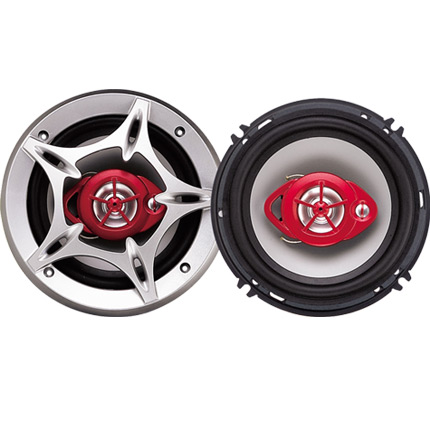push pull throttle
Understanding the Push-Pull Throttle System in Aviation
The push-pull throttle system is a fundamental yet sophisticated component in modern aviation, effectively governing the engine power of aircraft. At its core, this system utilizes a simple mechanical principle to create a responsive and efficient means of controlling thrust, allowing aircraft to achieve optimal performance during various phases of flight.
Basic Design and Functionality
In essence, the push-pull throttle system operates through a series of interconnected levers and cables. Pilots manipulate a central throttle control, which is typically mounted in the cockpit. This control consists of a lever that can be pushed forward to increase thrust or pulled back to decrease thrust. The intuitive design ensures that pilots can adjust engine power smoothly and accurately, providing a seamless transition between different power settings.
When the throttle is pushed forward, it triggers a series of pulleys and linkages that connect to the throttle bodies of the engines. This action changes the position of the fuel intake valves, allowing more fuel and air to enter the combustion chamber, resulting in an increase in engine power. Conversely, pulling the throttle back restricts the flow of fuel and air, effectively reducing thrust.
Advantages of the Push-Pull System
One of the key advantages of the push-pull throttle system is its simplicity. This mechanical design requires minimal electronic components, thus minimizing the chances of electronic failure—a crucial factor in aviation safety. Moreover, the immediate feedback experienced by pilots allows for an intuitive flying experience.
Aircraft equipped with a push-pull throttle system benefit from enhanced maneuverability. By providing precise control over engine power, pilots can execute complex maneuvers, such as sharp turns or rapid climbs, which are essential in both military and civilian aviation. The direct link between pilot input and engine response fosters a sense of confidence and control, integral to safe flying.
push pull throttle

Applications in Different Aircraft Types
The push-pull throttle system finds applications in a variety of aircraft, from small general aviation planes to large commercial airliners. In smaller aircraft, the simplicity and ease of use make it particularly advantageous for novice pilots, helping them understand the fundamental principles of flight control.
In commercial aviation, even though many modern airliners are equipped with advanced fly-by-wire systems, the push-pull throttle mechanism often remains a primary means of thrust control. This ensures pilots maintain a tactile connection with their aircraft, allowing for greater situational awareness during critical phases of flight, such as takeoff and landing.
Challenges and Innovations
Despite its advantages, the push-pull throttle system is not without challenges. As aircraft technology evolves, so too do the demands placed on throttle control systems. The increasing sophistication of engine designs and the integration of more complex flight management systems introduce new requirements for throttle responsiveness and precision.
In response to these challenges, engineers are exploring innovative solutions that blend traditional mechanical designs with advanced electronic systems. For instance, some new aircraft implementations involve electronic throttle controls that provide the tactile feedback of a push-pull setup while incorporating the precision of modern avionics. This hybrid approach offers the best of both worlds—combining the reliability of mechanical controls with the advantages of digital technology.
Conclusion
The push-pull throttle system remains a vital part of aircraft design, offering both reliability and responsiveness. As aviation technology continues to advance, the integration of new innovations with classic design principles will ensure that this fundamental component continues to serve pilots effectively for years to come. Understanding the mechanics and implications of the push-pull throttle system not only enhances a pilot's skills but also contributes to overall flight safety and efficiency.
-
Upgrade Your Control with Premium Throttle CablesNewsAug.08,2025
-
Stay in Control with Premium Hand Brake CablesNewsAug.08,2025
-
Experience Unmatched Performance with Our Clutch HosesNewsAug.08,2025
-
Ensure Safety and Reliability with Premium Handbrake CablesNewsAug.08,2025
-
Enhance Your Vehicle with High-Performance Clutch LinesNewsAug.08,2025
-
Elevate Your Ride with Premium Gear CablesNewsAug.08,2025
